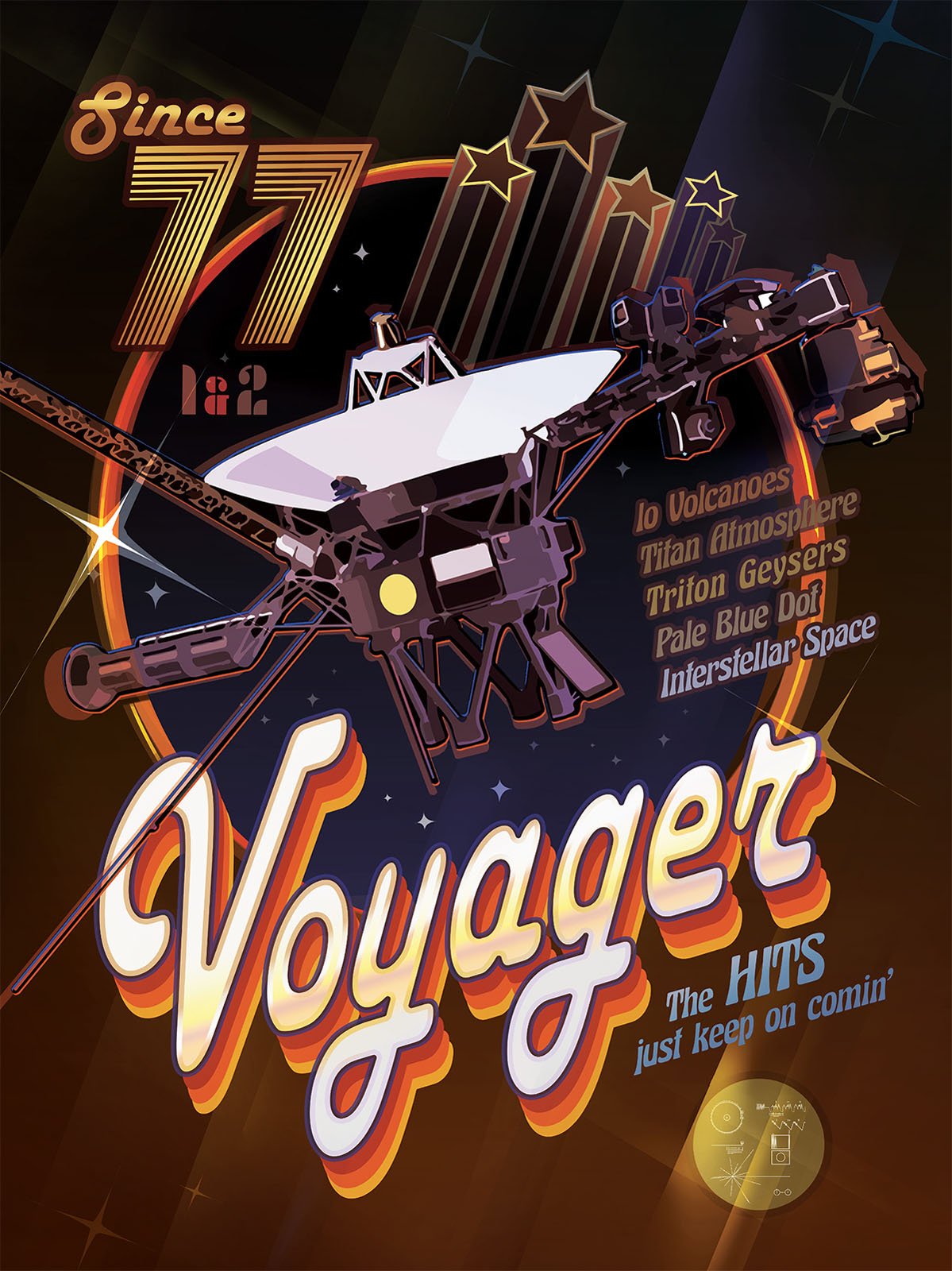NASA Engineers Are Desperately Trying to Save Voyager 1, the Most Distant Spacecraft Ever

NASA engineers are working hard to resolve a critical issue with the Voyager 1 but communications with the longest-operating spacecraft in history may ultimately be lost.
In a blog post detailing the issues, NASA explains that one of Voyager 1’s three onboard computers, the flight data system (FDS), is not communicating correctly with one of the space probe’s subsystems, the telemetry modulation unit (TMU). The problem with these sophisticated instruments is preventing scientific and engineering data from being sent back to Earth.
NASA launched Voyager 1 on September 5, 1977, about two weeks after its sibling craft, Voyager 2. More than 46 years later, Voyager 1 is more than 15.1 billion miles from Earth and travels farther away at 38,027 miles per hour, more than 3,000 miles per hour faster than Voyager 2, located 12.67 billion miles from Earth.

Voyager 1’s FDS is designed to collect data from onboard science instruments and engineering data about the health and status of the spacecraft. The data is then combined into a single package of binary code and sent to Earth by the TMU. The TMU recently began sending back odd data as if the spacecraft were “stuck.”
The team investigated possible explanations before settling on a problem with the FDS as the culprit. The team tried to restart the FDS last weekend, but Voyager 1 is still sending back unusable data.
“It could take several weeks for engineers to develop a new plan to remedy the issue,” NASA explains. Part of the issue is that it takes 22.5 hours to send new commands to the probe, given its distance from Earth. A response takes another 22.5 hours, meaning the team must wait 45 hours for the call-and-response process to complete.
“It would be the biggest miracle if we get it back,” Voyager’s product manager Suzanne Dodd from NASA’s Jet Propulsion Laboratory told Ars Technica in an interview. “We certainly haven’t given up.”
“There are other things we can try. But this is, by far, the most serious since I’ve been project manager,” Dodd continued.
A Voyager update: Engineers are still working to resolve a data issue on Voyager 1. We can talk to the spacecraft, and it can hear us, but it's a slow process given the spacecraft's incredible distance from Earth.
We’ll keep you informed on its status. 🤞 pic.twitter.com/qSxG0au1Nn
— NASA JPL (@NASAJPL) February 6, 2024
This issue has been ongoing since November 2023. Since then, the Voyager team has only gotten a carrier signal from Voyager 1, which is data that tells the team on Earth that the space probe is still alive.
The team faces so many challenges that it is difficult not to be pessimistic. Voyager 1 is exceptionally far away, which is a complicating factor, but it is also from the 1970s and, consequently, built with era-specific technology and hardware. The engineers at NASA must dig through archives of user manuals and diagrams to figure out what sort of gremlins may be wreaking havoc 22 billion miles away.
“Not to be morose, but a lot of Voyager people are dead,” Dodd told Ars. “So the people that built the spacecraft are not alive anymore. We do have a reasonably good set of documentation, but a lot of it is in paper, so you do this archaeology dig to get documents.”
There is also the battery power of it all. Voyager 1 relies on nuclear-powered batteries to survive, as it cannot harness solar energy in the desolate expanse of interstellar space. The batteries are slowly running out of juice, and even if the space probe were fully operational now, NASA would still need to start flicking switches to power down different instruments in the next couple of years.

Voyager 1’s mission was also destined to end, as all missions are. And the space probe that has charted a new path through the cosmos was always going to one day power down and float for eternity in the great expanse of space — a fitting, if not still sad, end for one of humanity’s most incredible spacecraft.
There’s still time to stave off the inevitable, but the powers that be at NASA are running into a wall in every direction with Voyager 1. The spacecraft has long been on borrowed time, and there are only so many resources to spend trying to fix what may be an unfixable problem.
For now, engineers are doing everything they can and The best minds are trying to restore it. Voyager 1 can hear them, and it can respond. As long as that stays true, there is still hope.